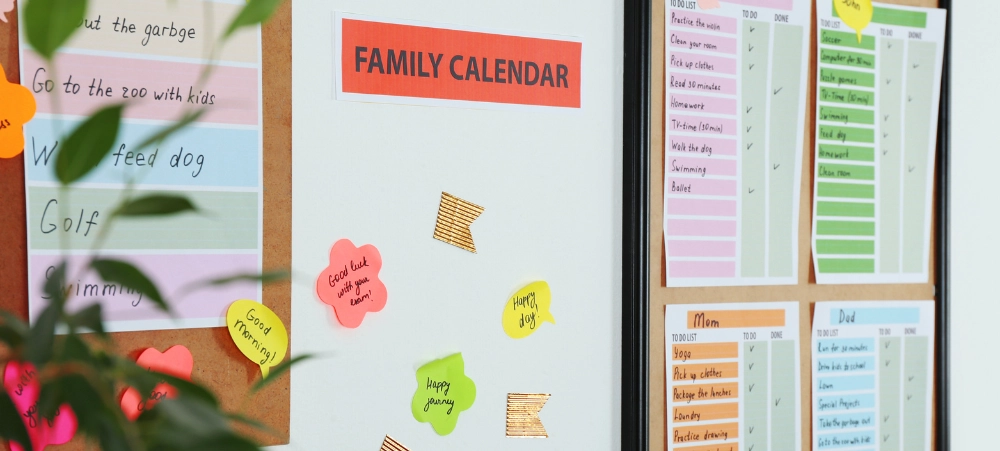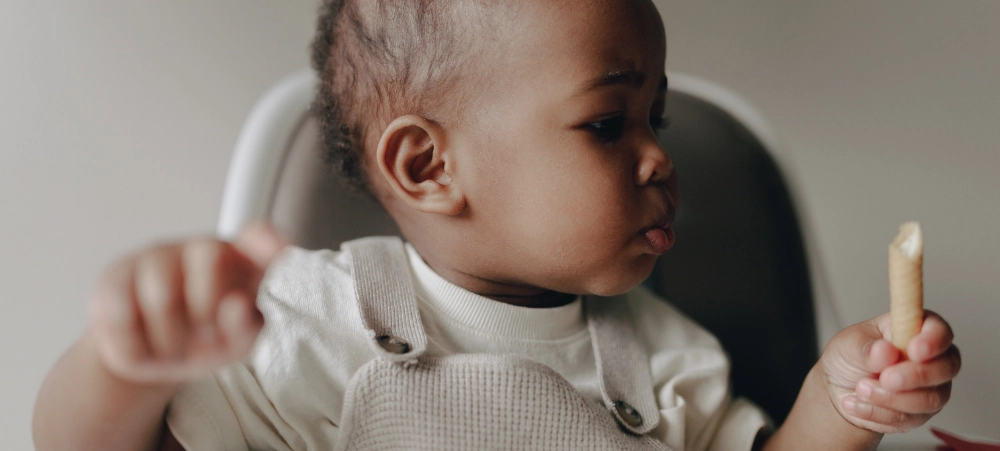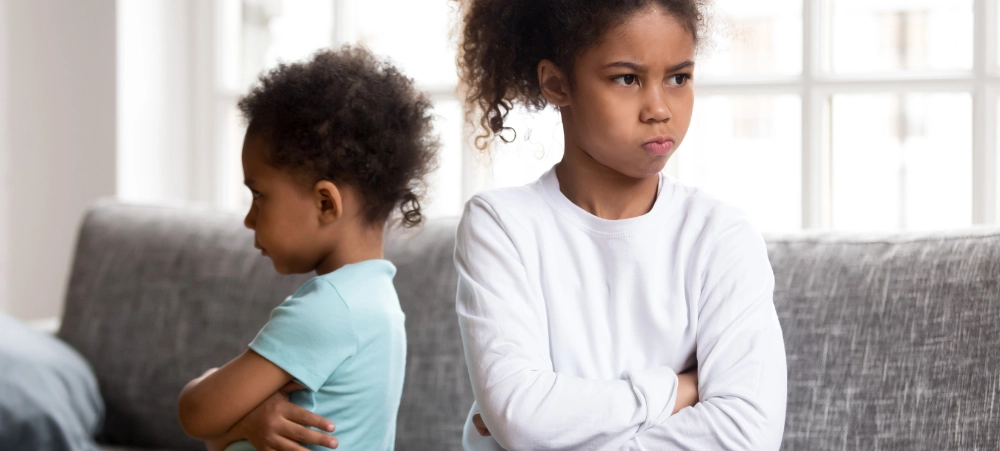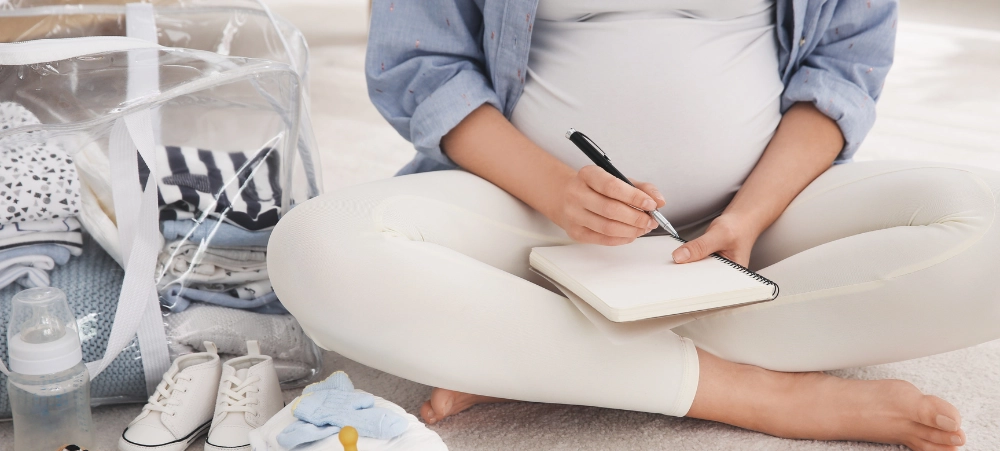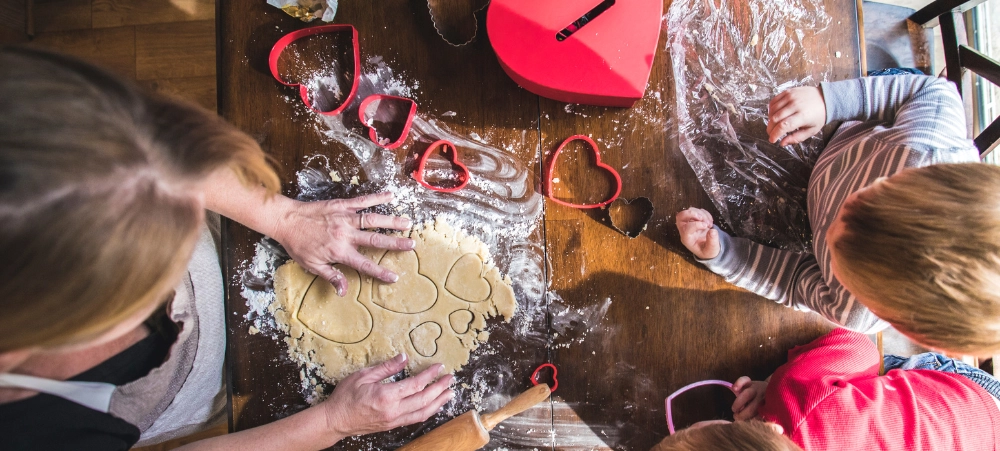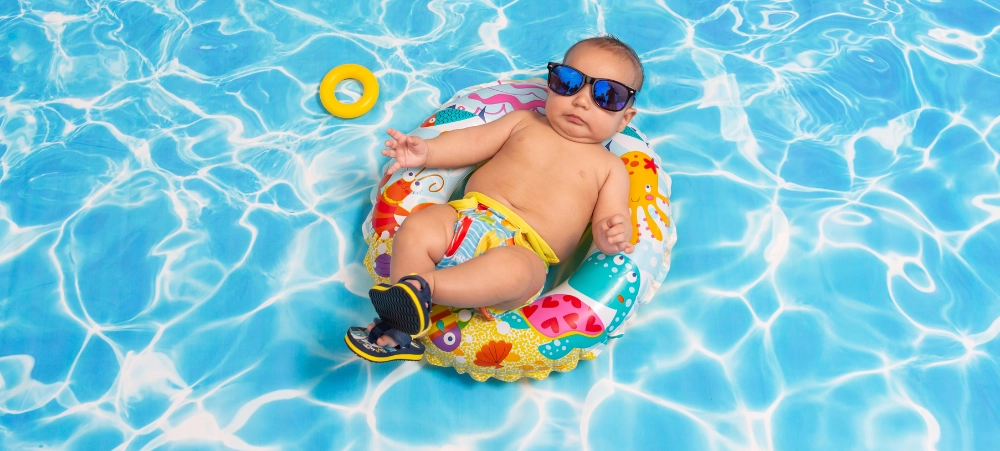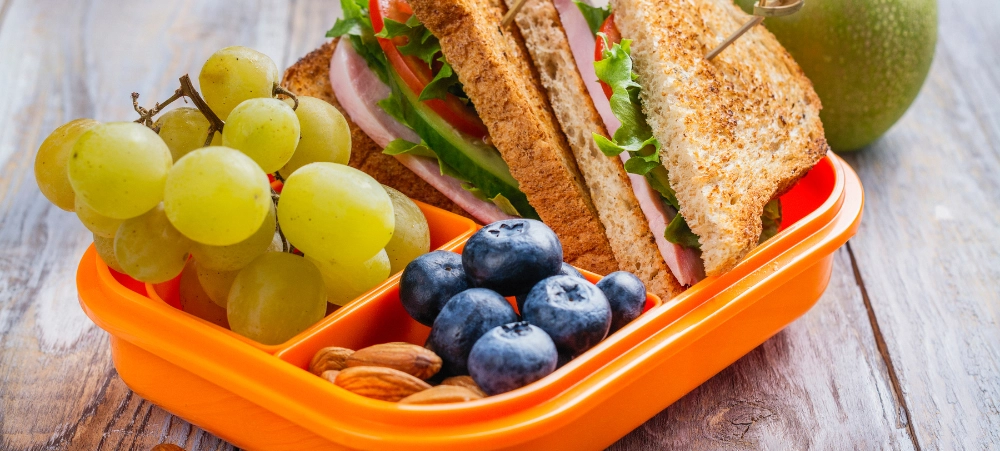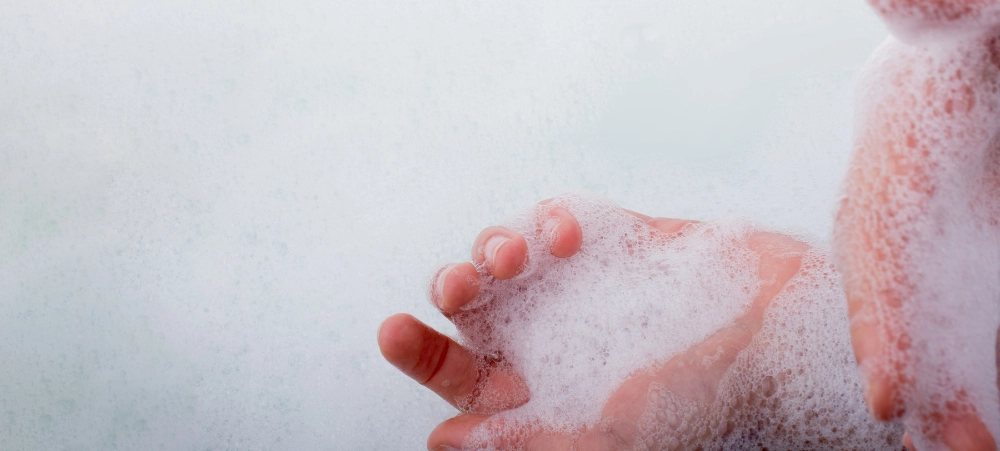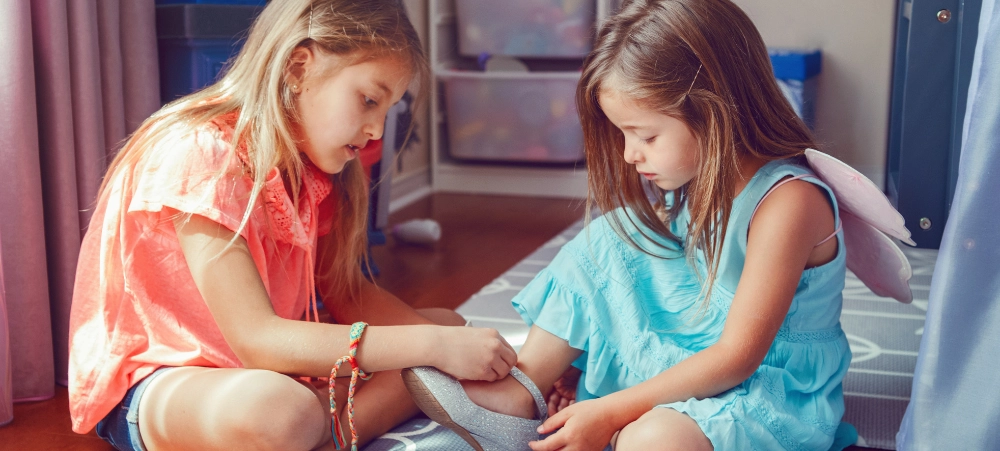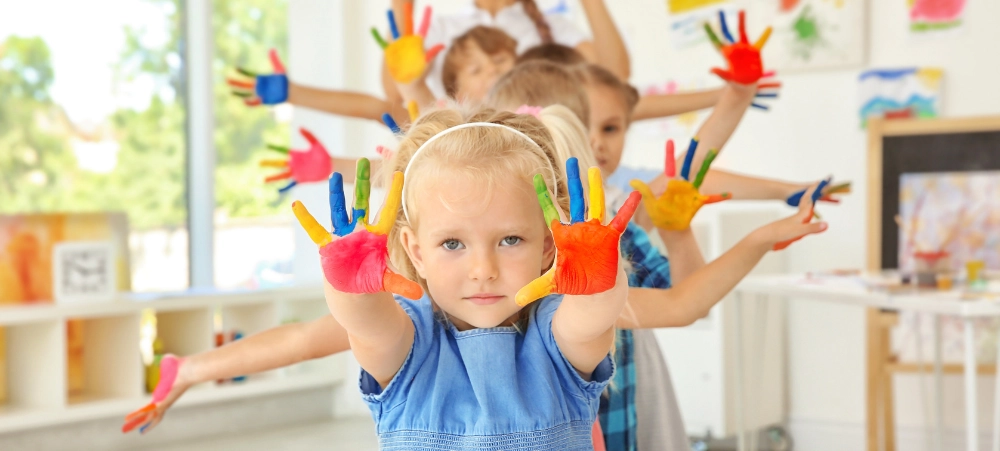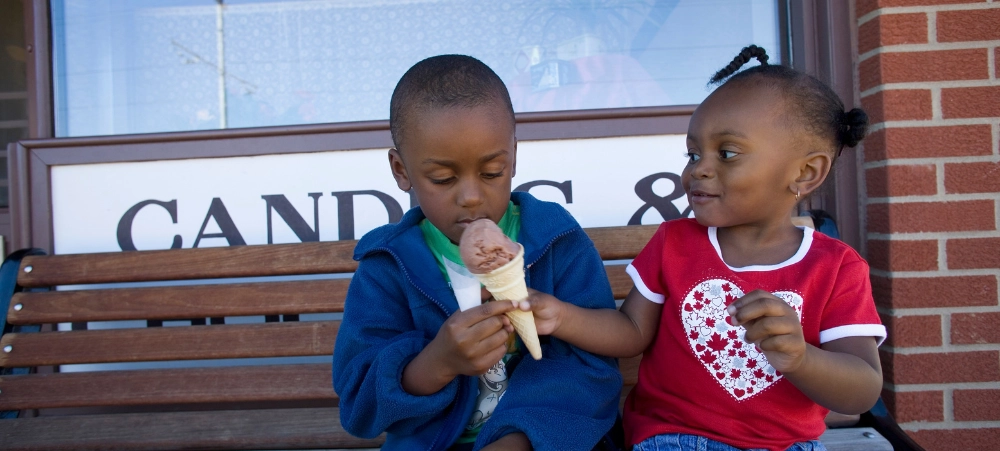In today’s busy world, where every day can feel like a whirlwind of tasks, responsibilities, and activities, creating strong family routines can offer much-needed stability. Family routines bring structure to both children and parents, helping them manage time, reduce stress, and foster deeper connections. By implementing simple, yet effective daily habits, families can build healthier relationships and support emotional well-being. Here’s why family routines are so beneficial for both kids and parents, along with some practical ideas to get started. 1. Stability and Predictability for Children One of the biggest benefits of family routines is the sense of stability and predictability they offer children. Kids thrive when they know what to expect throughout the day. A consistent routine helps reduce anxiety, as it provides clear expectations and makes transitions (such as from school to home, or from playtime to bedtime) easier. This predictability can also help with emotional regulation, as children feel more in control of their environment and their time. According to child development expert Dr. Laura Markham, routines help kids feel secure and safe, which is essential for their emotional well-being. “Children with predictable routines can better handle transitions and are less anxious,” she notes. “They feel a sense of mastery over their day, which helps them develop confidence and self-control.” 2. Improved Time Management for Parents Family routines don’t just benefit children—they can also help parents better manage their time. By creating structured mornings, after-school schedules, and bedtime routines, parents can reduce the chaos that often comes with managing multiple schedules. When everyone knows what to expect, there’s less scrambling to figure out what comes next. This can lead to smoother mornings, less stress, and more time for family bonding. For instance, setting specific times for homework, meals, and even relaxing activities allows everyone in the family to have a sense of order. As a result, parents can better allocate time to work, chores, and self-care, making their days more manageable. 3. Consistency Reinforces Positive Behaviours Having a routine reinforces positive behaviours, as children are more likely to succeed when they know what’s expected of them. Regular family routines promote good habits, such as eating balanced meals, practicing hygiene, or spending time on homework. A predictable schedule also encourages children to take responsibility for their tasks, such as getting ready for school or preparing for bed, because they are empowered with the tools to succeed on their own. For example, setting a consistent routine for homework after school teaches kids that schoolwork is a priority. Positive reinforcement in the form of praise or rewards when the routine is followed strengthens these behaviours over time, contributing to the child’s overall sense of responsibility and self-discipline. 4. Strengthened Family Bonding A well-planned routine offers dedicated time for family activities, which is crucial for strengthening family bonds. Whether it’s eating dinner together, going for a walk after school, or enjoying weekend movie nights, these shared moments create lasting memories and foster emotional closeness. By incorporating family activities into a regular routine, families can ensure that they make time for each other despite their busy schedules. Research has shown that families who prioritise routine bonding time are more likely to have stronger emotional connections. According to a study by the National Center on Addiction and Substance Abuse, children who have regular family meals are less likely to engage in risky behaviours and tend to perform better academically. 5. Supporting Emotional Development Routines don’t just provide structure—they also help children develop emotional regulation and resilience. When children know what to expect from their day, they are less likely to become overwhelmed by the chaos around them. Predictable routines help them feel more confident in their ability to handle change and manage difficult emotions. Establishing routines around sleep, meals, and family time can promote healthier emotional development. For example, a consistent bedtime routine, such as reading a book before bed or doing a calming activity, can help children relax and transition from a busy day into a restful night of sleep. This stability supports emotional balance and overall well-being. 6. Establishing Healthy Habits Early On Family routines offer an opportunity to build and reinforce healthy habits, such as regular exercise, healthy eating, and good sleep hygiene. Children learn by example, so when parents prioritise these routines, kids are more likely to adopt similar habits themselves. For instance, scheduling family exercise time, such as evening walks or weekend bike rides, sets the tone for physical activity as a normal part of daily life. Similarly, encouraging kids to be involved in meal planning or prep promotes healthy eating habits. 7. Reduced Stress and Improved Mental Health Finally, routines can significantly reduce stress for both children and parents. Knowing that certain tasks are already planned out reduces the mental load, allowing parents to focus on more important matters. In turn, children feel secure when they can rely on familiar routines to guide their day. The structure provided by routines has been shown to improve mental health by decreasing anxiety, depression, and feelings of being overwhelmed. By setting realistic expectations and breaking the day into manageable chunks, families can reduce stress levels and help everyone in the household feel more in control. Tips for Building Family Routines Conclusion Building strong family routines is more than just about time management—it’s about fostering a supportive, balanced environment that benefits everyone in the household. With the right approach, family routines create stability, encourage positive behaviours, and strengthen relationships, ultimately making life smoother for both kids and parents. By prioritising structure, consistency, and family bonding time, families can improve mental health, create lasting memories, and build the foundation for a healthier, happier future together.
